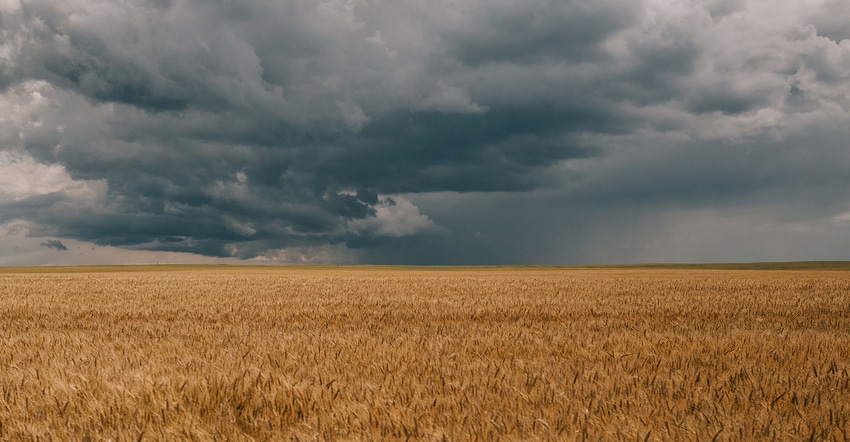September 7, 2018

No autumn month is more closely associated with the harvest season in Minnesota than October.
Year in and year out, there is widespread harvesting and drying of corn and soybeans during October as farmers take few days off work — except for church or when it is raining. Toward the end of the month, most communities host Oktoberfest events to celebrate the bounty of the harvest and a slowdown in the seasonal workload.
Weather trends suggest that October harvesting activity has become more problematic, with fewer dry days to work in the field. Some climate analysis provides ample evidence for this.
In recent decades, Octobers have trended wetter, with more frequent rain events that delay or interrupt harvesting. Many farmers will remember the very wet Octobers of 1998, 2007 and 2009, when many areas reported record amounts of rainfall for the month.
In 2009, most places in Minnesota received more than 5 inches of rain, and southern and western counties reported 7 to 9 inches of rain.
Slightly more rain
Overall, the month of October brings about a half-inch to a full inch more rainfall than it did 50 years ago. Of the 10 wettest Octobers in state history back to 1895, eight of them have occurred since 1970.
Further, the area of the state showing the steepest increase in October rainfall is the west-central region, where corn and soybeans are the dominant crops. At Morris in Stevens County, for example, where the University of Minnesota West Central Research and Outreach Center has been active since 1885, the month of October is now well over an inch wetter than it used to be, on average.
In addition, in the first 50 years of record keeping at Morris, October used to bring an average of six rainy days — days with measurable rainfall in the rain gauge. However, since 1980 the average number of rainy days in October at Morris has been 12, exactly double the previous value.
To maximize the efficiency of harvest operations, farmers often work extra-long days — 14 hours or longer in some situations. They also take full advantage of dry days — days without rain — especially when they are strung together. In October, the frequency of low-pressure systems that bring rain is often four to five days, but in recent years (2014-17, for example), the month has produced nine or more consecutive dry days, for an excellent harvesting interval. And as recently as 2010, there were 17 consecutive days available for harvesting.
The bottom line to remember from the climate analysis is, although the month of October has become wetter over time, there are usually long enough dry spells to take full advantage of long working days and larger equipment to bring in the harvest in a timely manner.
Seeley is a professor emeritus of climatology at the University of Minnesota.
About the Author(s)
You May Also Like




